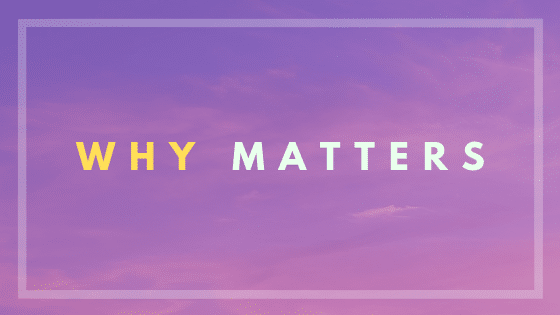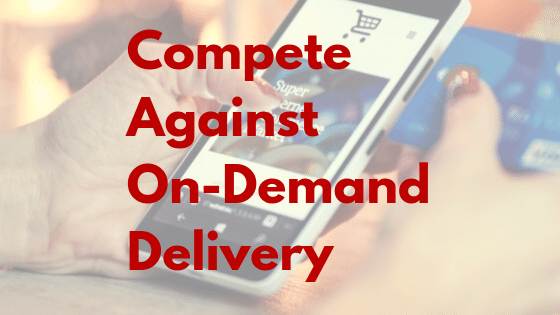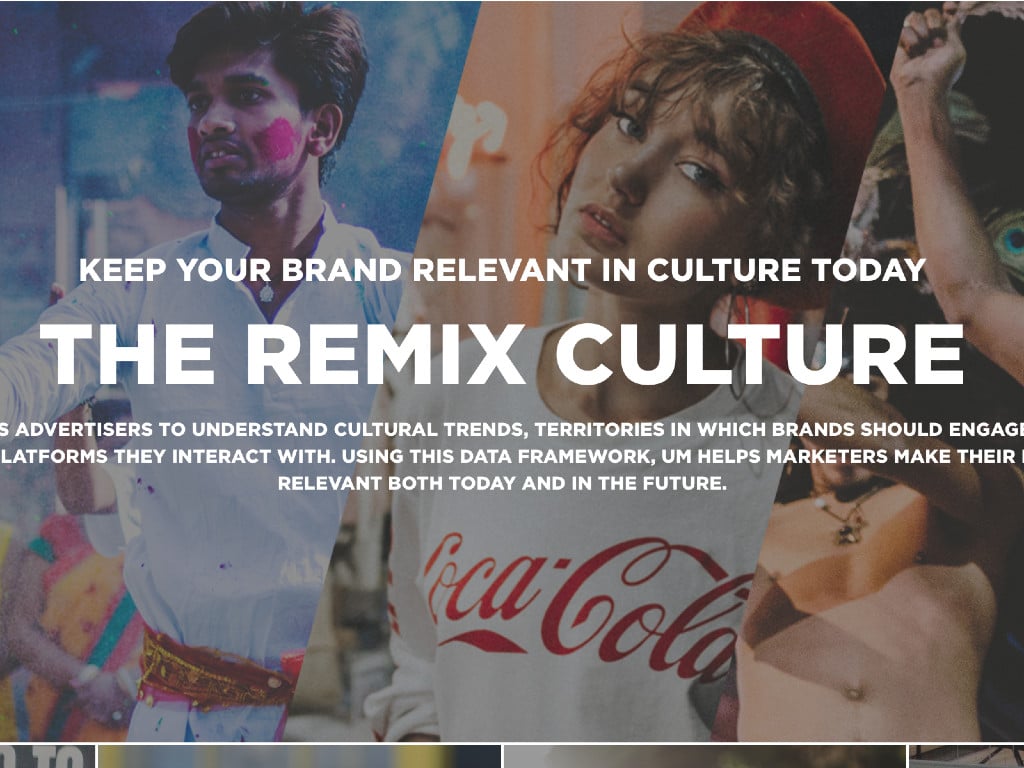The Loneliness Epidemic: 3 Ways Brands Can Respond [Part 1]
This is the first of a two-part series on how brands can tailor their marketing strategy to respond to the “loneliness epidemic.” Check back next week for TWO MORE suggestions. In the meantime, reach out if you have questions about responding to this cultural trend in your marketing strategy.
In the world of cultural trends, it is hard to escape consumers’ anxiety about the state of society. One idea that’s gained some traction in recent years is that a “loneliness epidemic” has overtaken society. This morning’s LA Times featured a list of suggestions for socializing needed because “Americans Are Lonelier than Ever.” [To save you time, the list mostly boils down to “join a club.”] A Google News search turns up dozens of similar pieces. Oxford University’s Our World in Data blog calls into question assertions that Americans (particularly young Americans) are growing lonelier at anything like “epidemic” rates. But a cultural trend can self-reinforce, i.e. we can make things true by believing in them. If Google trends are a proxy for intrest, searches for “loneliness epidemic” in the last 5 years or so show it’s working its way into culture:

Even if we’re not far lonelier than past generations, some of the roots of the worry are real. To point out three:
- Marriage rates and household sizes are on the long-term decline. If a spouse and children are cure for loneliness, they are in shorter supply.
- Working norms are leading to more hours worked, less predictable schedules, and situations where friends’, spouses’, and others’ calendars can’t be synced with one another for social time.
- Even without scolding about “everybody’s face in a smartphone all the time,” media consumption trends imply there is simply more content to occupy our time than ever before. Combine that with the “weak ties” fostered by social media, and it’s clear tech is taking the place of some face-to-face time.
So even if the loneliness epidemic is a bit overblown, there is a cultural tension around isolation. It’s not coming from nowhere. Marketing is not the answer for the biggest societal problems, but it can help, and help brands in the process.
1 Way Brands Can Help Resolve the Loneliness Epidemic: Make the Experiential Social
Experiential marketing (often interactive marketing executions in a physical place) is an excellent tool for brands. It can spark curiosity, educate consumers, and generate excitement around your brand. Bringing a branded experience into the tangible world lets people see, touch, hear, taste, and sometimes talk to brands. In some cases, it also provides a natural environment to create community.
It’s not easy to make a grocery/CPG (consumer packaged goods) brand into a lifestyle brand. It’s hard for customer to form an identity around what brands of cereal or deodorant they prefer. For this reason, marketing in food/CPG tends to revolve around awareness messaging and various tatics to drill products into shoppers’ minds. In this space brands like Red Bull, which has successfully gone the lifestyle route, stand out.
Without writing a case study on all their brilliant executions, this blog will focus on their experiential marketing. For decades, they have shown a clear perspective in creating events and sponsorships. They are deeply involved in extreme sports, racing, dance and urban music, and other pulse-pounding pursuits. Their marketing shows a clear POV on who they are, who their customer is, and how they live. Because many of these events have passionate followings, much of what they do tends to bring fans together.
For example, its Red Bull Music Academy series is a traveling series of music-making workshops and festivals spanning nearly 2 decades. It has brought creators, fans, and media together. The experience and the media it generates go deeper than a simple event sponsorship. Influential artists have broken, business relationships have grown, and a highly social (in the real world!) fan community has developed.
Hosting an international music festival or buying a racetrack may not be in your budget (or right for your brand strategy). But thinking about the ways you can create community through experiential marketing–not just showcase yourself–is a lesson that can be adapted to many brands on various scales.
Check back next week for two more tips about resolving the loneliness epidemic



0 Comments